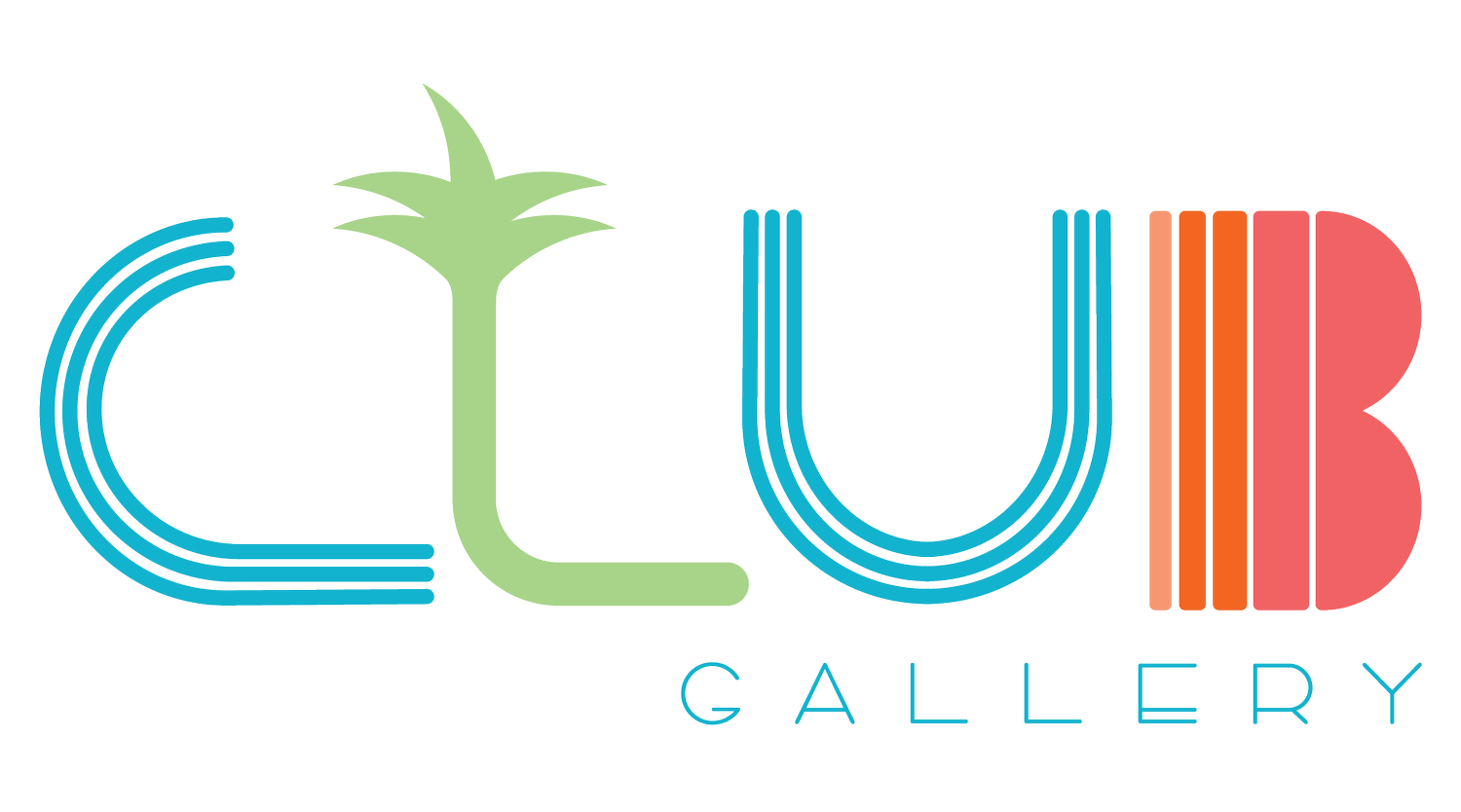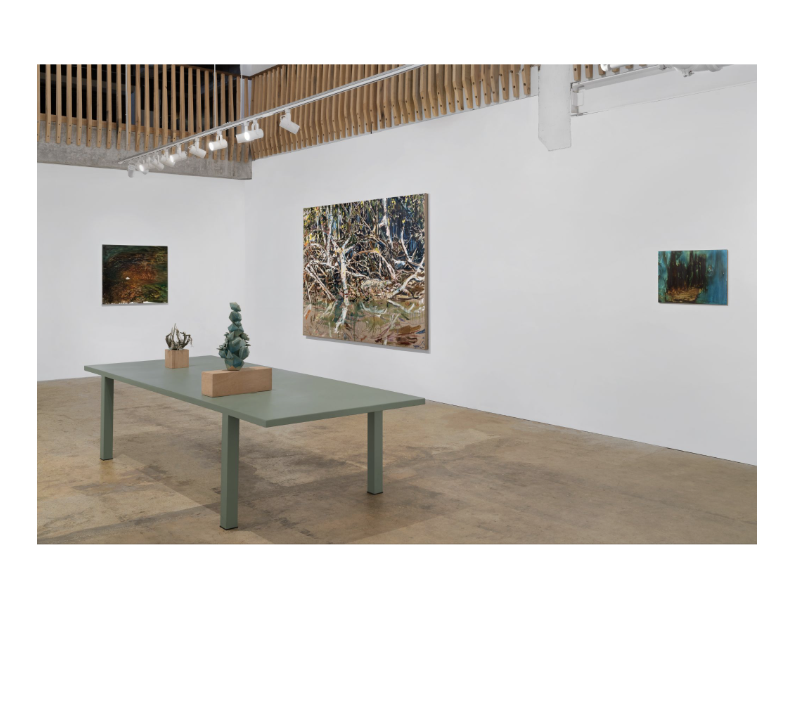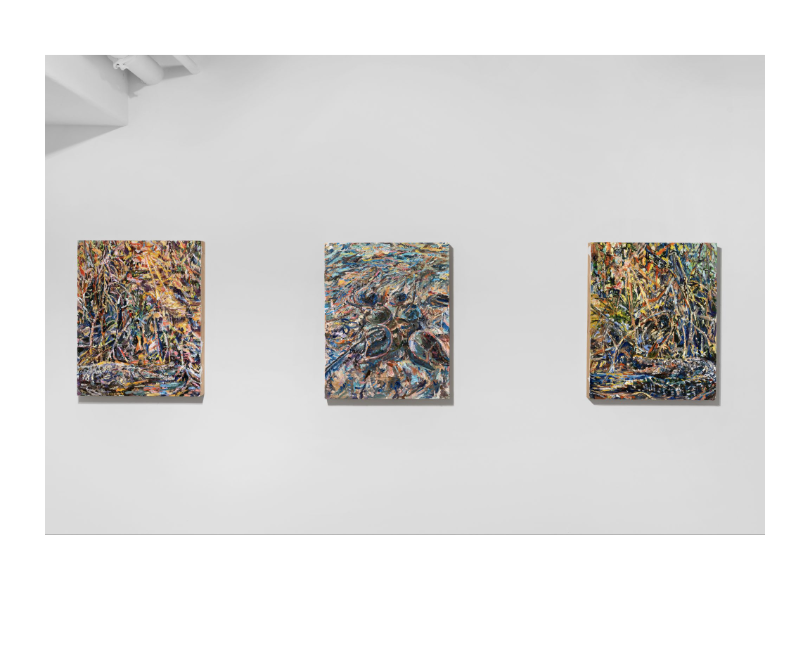About the Work:
With Cordyceps, the artist continues to work with ceramics in a manner that is less precious about the traditional craft and more interested in embracing a process that is dynamic, changing, and growing. The ceramic form takes the shape of a spider, but upon emerging from the kiln, it displays two broken legs. The ceramic process generally exerts pressure on the clay to create delicate forms, with the anticipation of occasional breakage. When breakage does occur, epoxy is employed as a visible repair process that continues to sculpt and expand the form.
In this particular piece, while restoring it to the shape we now observe, the artist was contemplating insects infected with Cordyceps fungus, a type of brain-altering infection that modifies the animals' behavior before emerging from them in fungal forms. The inspiration for this work was drawn from striking images of infected tarantulas. The artist aimed to capture the sensation that decay can, at times, yield surprising complexity and even beauty in an unexpected manner. Lee Pivnik explores the realms of queer and feminist theory and decolonial thinking. Through their work, Pivnik challenges and reimagines worldviews centered around humans. By highlighting the significance of the unseen, Pivnik emphasizes recognizing and appreciating the invisible forces that shape our world.
About the Artist:
Lee Pivnik (b. 1995) is an artist living in Miami, Florida. He works across mediums, often returning to sculpture, video, and social practice. His artwork takes inspiration from living systems and other species to imagine a future that is based on mutualistic relationships instead of extractive economies. Permeating his practice is the idea of entanglement - the touching, changing, mutating relationships between species and landscapes. It is through these intimacies that worlds arise —worlds of decay and degradation, or verdant flourishing. His drawings, sculptures, and installations share this relational quality, referencing fungal networks, epiphytic plants, and emergent animal architectures that inhabit South Florida.
He co-directs the Institute of Queer Ecology, an ever-evolving collaborative organism that brings peripheral solutions to environmental degradation to the forefront of public consciousness. IQECO projects are interdisciplinary but grounded in the theoretical framework of queer ecology, a tool for understanding ourselves, our environments, our biologies, and our collaborations through queer lenses.
In 2022 he began a long term project called Symbiotic House, which reimagines the home as a potential site for climate care. Symbiotic House will grow into a natureculture learning center to inspire local transformation towards regenerative design. The project spawns from a personal desire to continue dwelling in a climate precarious city, through crafting ecological reciprocity.














